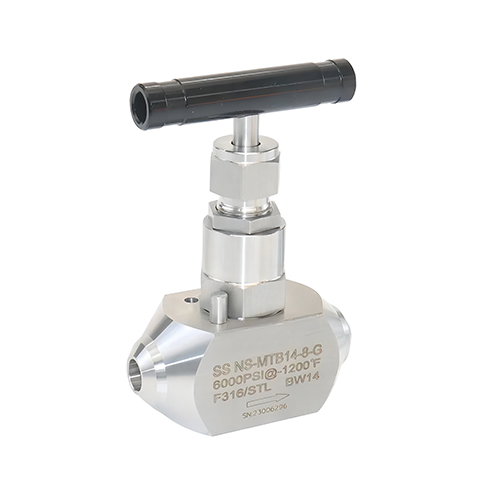! Model: SS NS-UBJ18-G
! Port type: UBJ ball joint welding (OD sleeve, BW butt welding, SW socket welding, UBM sleeve ! welding, threaded)
! Working temperature: -20 ≧~520 ≧
! Pressure environment: 6000PSI up to 10000psi (689bar) maximum
! Drive mode: One character handle, handwheel
! Nominal diameter: 3mm~28mm (1/8~1 ")
! Material: 304, 316, 316L, 321, Hastelloy, Monel alloy














